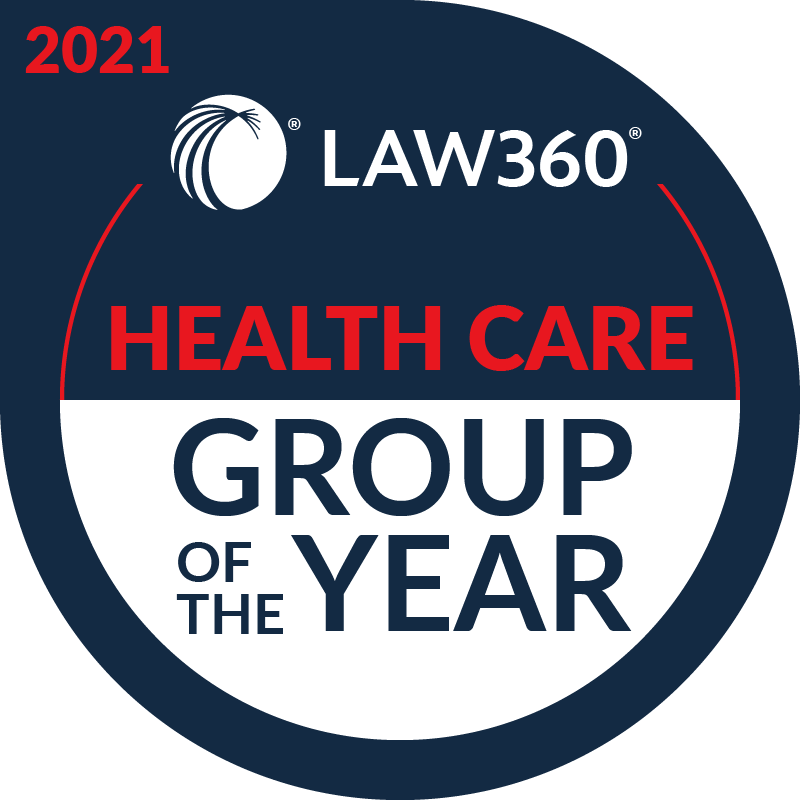In the second installment of McDermott’s webinar series, HPE Europe 2020: What are the Life Science Transaction Trends in the Wake of the Sanitary Crisis?, moderator and McDermott partner Emmanuelle Trombe and industry experts Joseph El Khoury of Natixis, Cédric Garcia of EY’s Life Science Group, Dr. Erich Tauber of Themis Bioscience and Daniel Teper of CYTOVIA Therapeutics shared lessons learned from the first half of 2020, when COVID-19 changed the world. The panelists also discussed the outlook for life sciences transaction trends in the second half of the year and beyond.
Kicking off the discussion, Trombe noted, “As the healthcare and life sciences industries came under intense pressure to deliver innovative therapeutics, vaccines, medical devices and other solutions, on the transaction front, the crisis was at the same time having a wide-ranging impact across even the most traditionally resilient subsectors.”
Agreed El Khoury, “When it comes to M&A transactions, in particular with private equity funds, current trading has been an issue. The impact has been negative, whether we’re taking about drugs that are sold in pharmacies or in hospitals, which have seen a serious drop in sales. Implants. Orthopedics. Elderly care. CMOs… Most of the sectors have been negatively impacted. When there is a problem with current trading, the buyer and the seller are less likely to find a proper price and proceed with the transaction. What we have seen is that the number of transactions have been drastically diminished.”
Trombe asked the panelists how they would advise companies that are looking for M&A partners or financing over the course of the next six months. “Would you reach out to partners differently?” she asked. “When you cannot make in-person contact, what is your advice?”
When it came to the successful acquisition of Themis by MSD during the COVID-19 shut down, Dr. Tauber said that pre-existing relationships played a role in enabling the transaction to close. At the same time, he believes the deal demonstrated that transactions can be completed virtually.
“They had known us for many years and we had met many or most people in person before,” said Dr. Tauber. “But logistically, it turned out to be the most efficient process. We learned that transactions can be done much more efficiently using instruments like we’re using right now, which could save a lot of airfare dollars and time in the future.”
Teper agreed. “There is an advantage if you knew people before the crisis. The communication is easier. But that doesn’t mean that you cannot progress with people that you didn’t know previously. In the US, business has not stopped. We’ve had record capital raises—over $8 billion in new funds that have closed. We’ve had financing of companies, completely new companies, with anywhere between $50 and over $100 million in Series A. We’ve had a number of M&As, IPOs—several IPOs a week. And overall, also in the stock market, biotech has performed particularly well.”
“In Europe, it’s not exactly the same as in the US, but it’s not so bad,” said Garcia. “In the first half of the year, transactions that had been initiated before the pandemic were finalized. The difficulty now is for companies that have decided to raise money during the crisis—it’s still very difficult to raise money without meeting the investors in person. So we will probably see that impact during the second half of 2020.”
“I think the credibility, or the confidence that people have in electronic ways of communication has risen considerably over the last few months,” added El Khoury. “It was completely improbable before to see a private equity fund considering an investment and saying to their investment committee, ‘We never met them, but it seemed that they are nice and we saw the figures and we saw the vendor due diligence and the expectations and the market looks great.’ It was something completely unthinkable. But now, people tend to rely a lot on videoconference and Zoom and technologies like that. The world did not stop, and we found a way to make a transaction, to raise money and to create confidence.”
Trombe then asked the panelists whether this period during which infectious disease solutions have taken center stage is likely to change investment strategies moving forward, and what will drive the markets.
“Infectious diseases and vaccines have been neglected by many investors over the last decades. I do recognize that there is a little bit of a renaissance now,” said Dr. Tauber. “It will really largely depend on what will happen on the COVID crisis, it is difficult to predict whether this new trend will be sustained.”
Teper agreed that the in the long term, pharma is likely to continue to focus on cancer and rare diseases, which he believes will trigger a number of deal opportunities. “When pharmas shift their focus to new areas and disruptive technologies, they won’t have the time to build internal capabilities. Instead, they will have to go outside to biotech companies, including very early stage biotech companies, to access the technologies. Obviously, when that happens, it will be a driver for VC investment and for capital markets, as investors tend to evaluate the partnering potential of companies as soon as pre-clinical or phase 1 stage.”
“I think there is also another strategic COVID impact,” added El Khoury. “Even though we all need high-end products, we still need respirators or masks, and CMOs able to manufacture drugs that are located not very far from us. So, offshoring to China, or to Asia, is now considered a bad strategy by some, and it is reinforcing efforts to shift those manufacturing capabilities to a near shore in Europe. Some investors are looking at what we can re-internalize or bring back to Europe when it comes to lower-tech sectors.”
Considering the ultimate big picture, Garcia closed the discussion with a prediction that the post-pandemic era may galvanize new global life sciences leadership. “It is likely that governments will provide more money to the healthcare and life sciences markets, which will create new opportunities for companies to get additional funding and create European leaders. Today, in the European medtech and biotech sectors there are very few leaders. Perhaps this is a new opportunity to create leaders in Europe.”
To discover more from our HPE Europe 2020 series, please click here.






